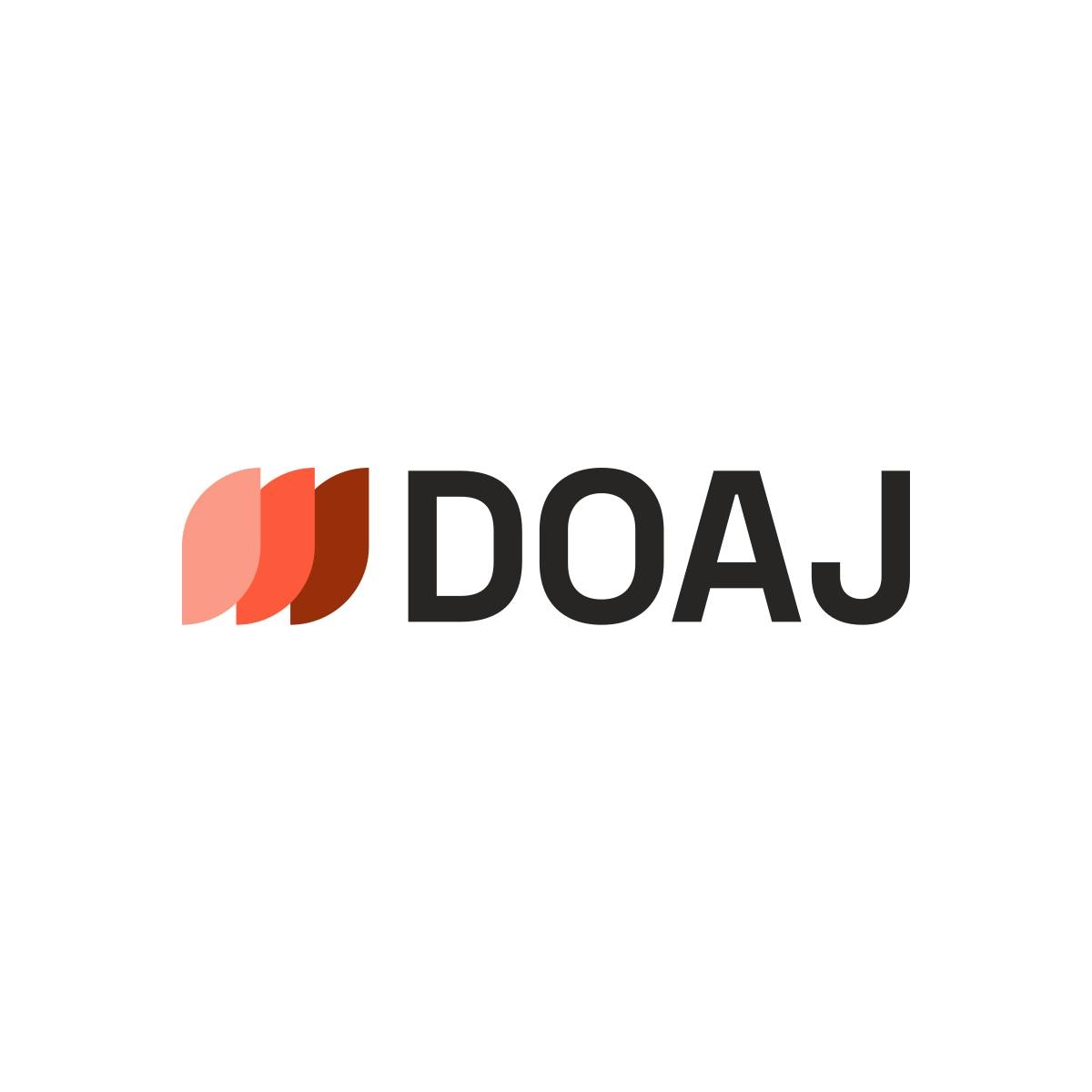Interactive Oil Spill Management, Operation and Administration System
DOI:
https://doi.org/10.29019/eidos.v17i23.1287Keywords:
Oil Spill, Management, Decision Support System, Geomatic System DesignAbstract
This paper presents an oil spill management system
that is interactive and real-time. The system uses geo-
database and application development modules that
are integrated with internet communication systems. It
is designed to cover all stages of oil spill management,
including before, during, and after an accident. The
system can be linked with various satellites, airborne
monitoring systems, and ground devices through
communication systems to facilitate oil spill early
warning, situational analysis, risk analysis, damage
analysis, monitoring, and management in real-time. The
components of the system include a database, central
repository, disaster models, command and control,
and communication schemes. This paper illustrates the
conjunction of computer software and hardware with a
variety of models and technologies for real-time oil spill
monitoring and management.
Downloads
References
Assilzadeh, H., Mansor, S. B. & Ibrahim, H. M. (2001). Petroleum Hazards Management by Geomatic Systems, Proceeding of Asian Conference of Remote Sensing ACRS 2001 (pp. 358–363). Singapore.
Assilzadeh, H., de Groot, W. J., Levy, J. K. (2012). Spatial modelling of wildland fire danger for risk analysis and conflict resolution in
Malaysia: linking Fire Danger Rating Systems (FDRS) with Wildfire Threat Rating Systems. Geocarto International 27(4), pp. 291-313.
Assilzadeha, H., Zhongb, Z., Kassab, A., Levyc, J. (2010). Development of an even-driven and scalable oil spill monitoring and management system. Canadian Geomatics Conference and ISPRS Technical Commission I Symposium.
Beegle-Krause, C. J. (March 26.29, 2001). General NOAA Oil Modeling Environment (Gnome). A New Spill Trajectory Model, Proceedings of IOSC 2001. Vol. 2, pp. 865-871. Tampa, FL, St. Louis, MO: Mira Digital Publishing, Inc.
Beegle-Krause, C. J., & O'Connor, C. (2005). Gnome Data Formats and associated example data files. Seattle: NOAA Office of Response and Restoration, Emergency Response Division (formerly Hazardous Materials Response Division).
Beegle-Krause, C. J., O’Connor, C., Watabayashi, G., Zelo, I. & Childs, C. (June 5-7, 2007). NOAA Safe Seas Exercise 2006: new data streams, data communication and forecasting capabilities for spill forecasting, Proceedings of AMOP 2007. Edmonton, Alberta, Canada.
Brimicombe, A. (2003). GIS, Environmental Modelling and Engineering. Taylor & Francis.
Leech, M., Walker, M., Wiltshire, M., & Tyler, A. (1993). OSIS: A Windows 3 oil spill information system, Proceedings of 16th Arctic Marine Oil Spill Program Technical Seminar (pp. 549-572). Calgary: Canada.
Price, M. J., Johnson, R. W., Marshall, F. C., Zhen-Gang Ji & Rainey, B. G. (2003). Overview of the Oil Spill Risk Analysis (OSRA) Model for Environmental Impact Assessment. Spill Science & Technology Bulletin 8(5-6), pp. 529-533.
Zhong, Z., Jing, N., Gao, Y., Jha, M. N., Kassab, A. S., Assilzadeh, H. (2015). An active real-time system for oil spill detection and information distribution. 2nd International Conference on Information Science and Control.
Published
How to Cite
Issue
Section
License
Copyright (c) 2023 Hamid Assilzadeh

This work is licensed under a Creative Commons Attribution 4.0 International License.













